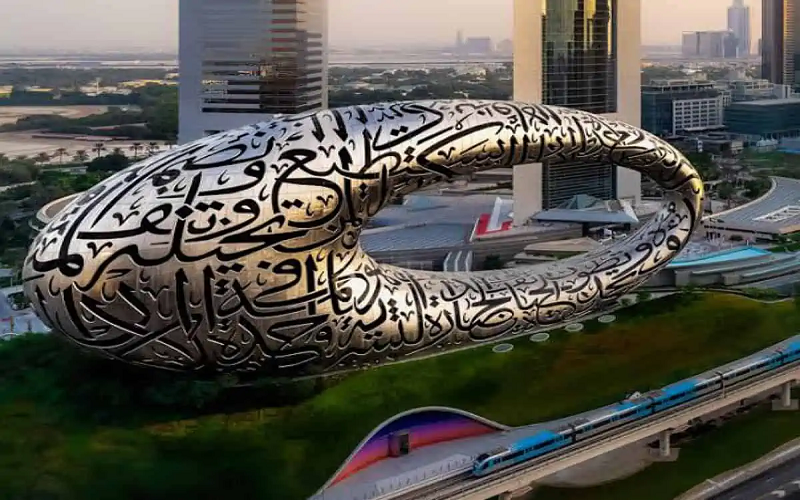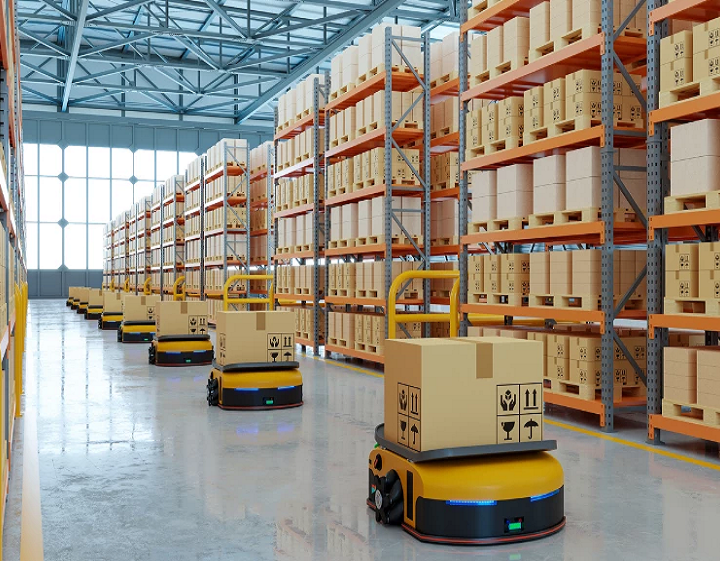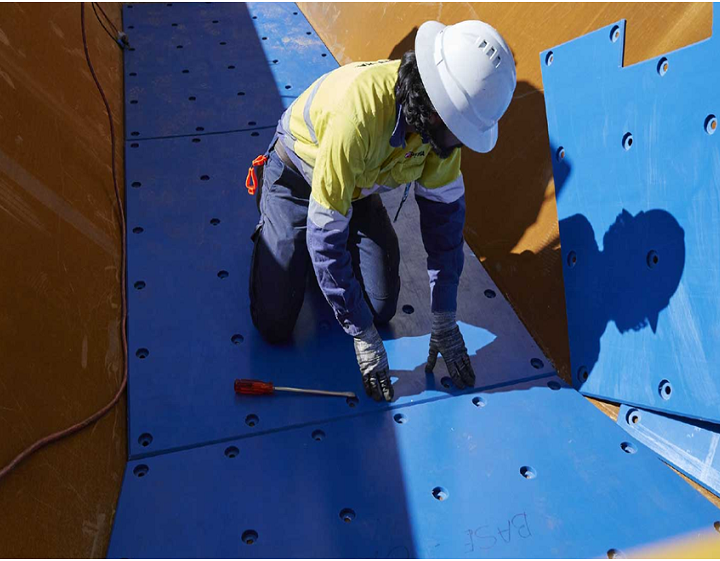Introduction
Over the past number of years or so, 3d architectural visualization has proved to be an essential tool for practicing architects and designers. With this technology, they can be able to model the buildings in as much detail as possible, even before they are constructed. Such diagrams aid the clients in direction and instruction; the client will thus note alterations for the final structure before physical construction is started. Through 3d architectural visualization, architects will be in a position to save costs and work time, meaning that the work is more efficient.
How It Works and Why?
Creating realistic models
Detailed Designs: Most professionals are in a position to build rather complex models of the building to be developed, including aspects such as the outer structure and interiors of the project. It turns out to be very handy in visualizing the relative positioning and use of space or compartments within the building.
Material Selection: One of the major uses of 3D visualization is an added advantage of testing different materials and their finishes. Additional layers can be used on the model to determine the effect of such choices of material as wood, clear or colored glass, metals, or stone as the final exterior cladding. Due to this ability, enhanced decision-making is achieved, and clients can get a clear picture of what the final product will be like.
Lighting and Environment: 3D models can be created with variations of light as well as other conditions within the environment. Architects can illustrate what the building will look like during the day, at night, or during a certain season. This relates to effects such as the use of natural and artificial light, shading, and light reflection.
Scale Models: A large-scale project’s models can be developed from the 3D models by 3D printing to give the feel and touch of the project. These models can be utilized for administrative purposes and to provide clients with a general overview of the project’s dimensions.
Virtual Reality Integration: 3D models can further be incorporated with virtual realities to give an enhanced or virtual reality feel. This makes it possible for clients or stakeholders to see a subject building and walk around it as if the construction was already complete.
Enhanced Communication
Client Presentations: It has been found that traditional 2D plans and blueprints cause difficulty for clients in terms of interpretation. In turn, 3D models provide an opportunity to represent the project unambiguously and without the use of interpretation. It enables the client to grasp the design, format, organization, and relation of the space, thus enabling the client to give feedback or make judgments.
Team Collaboration: 3D models act as a source of truth that is accessible to all the project’s stakeholders. There is also the aspect of planning that is critical, as it ensures that everyone is well-informed and, hence, there is no confusion that could lead to some mistakes in the construction of the project.
Marketing: Several efforts to establish communications between the architecture and the public can be based on high-quality 3D images and animations with the specific purpose of promoting real estate projects. Such visualizations can be utilized in the brochures, on the website, or during the presentation, which aims at attracting the would-be buyer or investor.
Regulatory Approvals: Applicants should take advantage of IT and submit 3D models to the planning and regulatory approval procedures to ease the approval process. It also benefits the authorities to get an overview of the project’s effects on the environmental surroundings and come up with more well-informed decisions.
Public Engagement: Public participation can also be done where 3D visualizations refer to the presentation of the proposed development in front of the members of the public. This aids in the collection of public opinion and handling of their complaints, which contributes to the feeling of participation and openness.
Educational Tool: For architectural students and professionals, the 3D models are a great educational aid. They give the learners a hands-on feel of the design concepts as well as the methods used in construction.
The Use of 3D Printing in Architecture
Another of the innovative technologies that are redefining conventional architectural designs in construction is 3d printing architecture.
This process entails making replicas or segments of buildings with the use of 3D printers.
Here are some aspects of 3D printing in architecture:
Speed and efficiency
Rapid Prototyping: Professionals in this field can quickly design a basic layout of the project and produce prototypes of their models for testing.
Reduced Construction Time: Certain structures can be fabricated in other facilities off-site and assembled on-site, saving a lot of time.
Customization: It is easier to create unique and intricate shapes with 3D printing; there is nothing one cannot make.
Sustainability
Waste Reduction: Unlike other methods of construction, 3D printing is not involved in the overproduction of waste.
Recycled Materials: It should be noted that some of the 3D printers can employ recycled materials to construct the structures; hence, the construction can be done in an environmentally friendly manner.
Energy Efficiency: By using 3D printing, it is possible to develop a superior architecture that uses minimal energy to fade out the effects on the natural world.
Cost Savings
Lower Labor Costs: Compared to the traditional technique, robotic fabrication and construction through 3D printing eliminate man-hours, hence decreasing the cost.
Material Savings: Reduced use of the material is also an advantage of precise 3D printing since wastage of material is greatly reduced, hence saving on raw material costs.
Maintenance: The structures created using the 3D printing technology, therefore, are better facilitated to have easy and cheap maintenance.
Future Prospects
Innovation: As more innovation continues to be made in the field of 3D printing, this is set to mean that future buildings will be even more spectacular.
Accessibility: With the current trend of making 3D printers more cost-effective, small companies and independent architects will also derive their benefits.
Global Impact: By addressing housing shortages and providing rapid solutions during disasters, 3D printing could play a crucial role.
Conclusion:
Because of the increasing improvements in the technological aspect of 3D printing, 3D printing firms are among the key influencers of architectural design in the future. Such suppliers offer the knowledge and tools that have to be implemented to introduce new concepts and designs. Many innovative ideas can be achieved through collaboration between architects and 3d printing company that can break through the restrictions of ordinary architecture.






